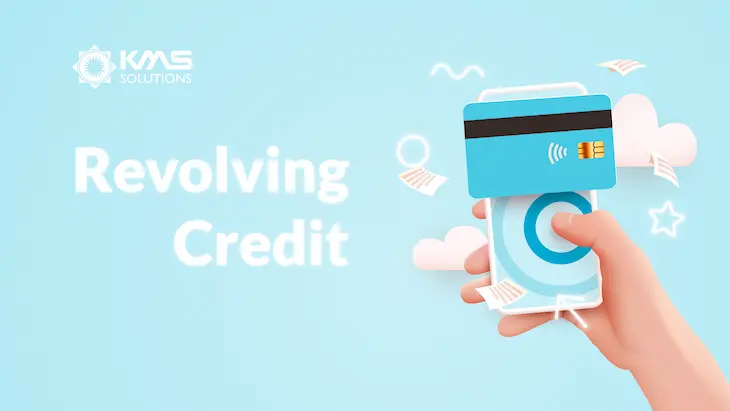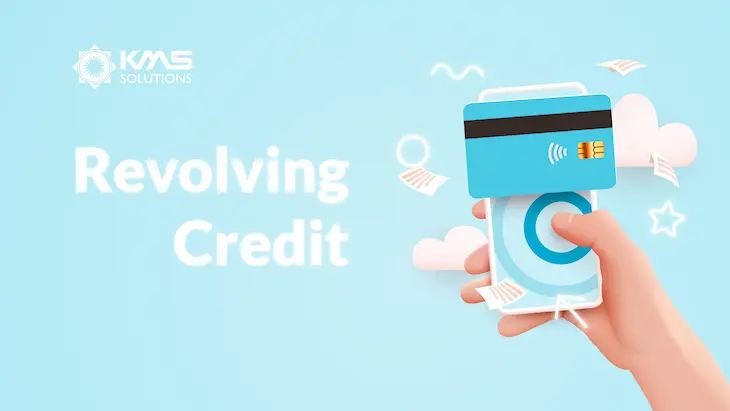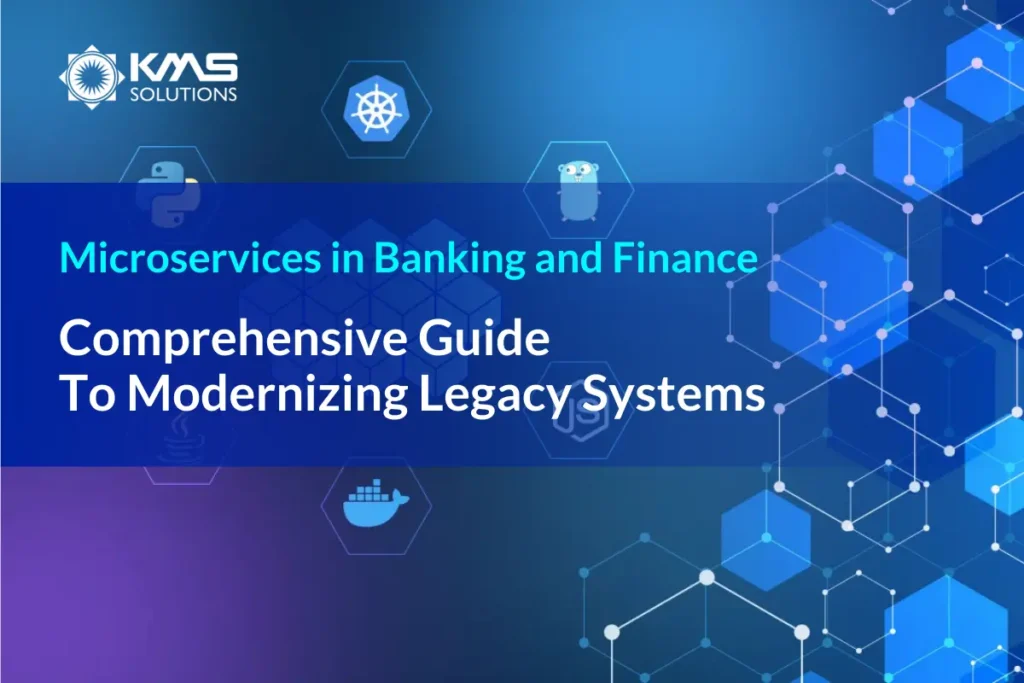
As an essential line of banking service, revolving credit let customers flexible access cash when they need it. Revolving credit has also become an integral feature of modern banking applications, intending to facilitate cardless payment and promote Digital Banking.
In this 7-minute read (yes! we calculate it for you), let’s explore the definition of Revolving Credit, its types, and how it works.
Table of Contents
2. Types of Revolving Credit Accounts
3. How does Revolving Credit work?
4. How revolving credit is different from non-revolving credit
What is Revolving Credit?
As an open and ongoing line of credit, a revolving credit account allows customers to borrow money up to a limit and pay the balance off over time.
“Open” because customers can draw and spend money repeatedly until their accounts’ maximum amount, also known as the credit limit.
“Ongoing” because provided that customers repay the outstanding amount plus the interests, they can keep borrowing money from the revolving credit.
Revolving credit lets customers pay a minimum portion of their debts and carry the rest to the next month (or the next billing period). Hence, they “revolve” the credit. In this case, the account would incur interest. On the contrary, there won’t be any interest if customers pay the debts in full each month (or billing period).
By now, revolving credit may already sound familiar. It’s because credit cards are a type of revolving credit.
Types of Revolving Credit Accounts
Typically, there are three main types of revolving credit: Credit cards, Personal lines of credit, Home equity lines of credit (or HELOC).
- Credit cards: Customers use credit cards for everyday purchases or unexpected expenses. Some banks also provide rewards and benefits for credit cards.
- Personal line of credit: Similar to credit card, but not in the card form. The difference is that personal line of credit is not in the card form. Instead, users of this type of revolving credit might receive checks or direct deposits into their bank account.
- Home equity line of credit (HELOC): let customers borrow money against the total value of their dream house. Because HELOC is open-ended, customers can borrow and repay the money multiple times as long as they don’t exceed the credit limit.
Thanks to its popularity, revolving credit has become an indispensable feature of modern banking applications.
How does revolving credit work?
Revolving credit seems like a complex matter. But it’s not once you understand how it works right below.
Drawing money
How and when customers borrow money from their revolving credit account can differ depending on the type of credit account. In general, customers can draw money from an account’s credit line in many different ways, such as transferring money to their checking account or a purchase.
When the balance in their account comes to the credit limit, customers need to pay down or pay off the balance before they can borrow money again. If customers pay down (meaning they pay only the required minimum), there will be interest to cover.
In the revolving credit account, the balance is the total money customers have spent. The balance can include several types of charges, such as purchases, balance transfers, fees, interest charges.
Customers can continue to spend as long as they do not exceed the credit limit. To borrow again, customers must repay the amount they owed, plus the interest.
Making payments
Customers can reduce their revolving credit account’s balance by making any payments to it. Most banks only require customers to repay a minimum amount per month. However, the amount repaid is inversely proportional to the interest incurred. This means the more customers repay, the less interest they will have to worry about.
If customers fail to cover their bill in full each month, the rest of the debt will move over to the next month (or billing cycle). Customers basically increase their interest charges based on the amount of balance that has not been paid on time.
There are several factors that determine customers’ interest rates. They typically include customers’ credit history, the type of credit account they use, and also the types of transactions they have been making.
Typical fees related to revolving credit accounts
Depending on the types of revolving credit accounts, there would be different types of fees:
- Credit cards: annual fee or transaction-related fees, such as foreign transaction fee, cash advance fee
- Lines of credit: annual fee or origination fees
- HELOC: annual fee and other fees such as closing costs
How revolving credit is different from non-revolving credit?
Revolving credit gives customers the ability to borrow money repeatedly, while non-revolving credit does not. Other differences are worth considering, too.
- Open-ended and closed-ended: Revolving credit is open-ended, meaning users can borrow money repeatedly as long as they do not exceed the credit limit. On the other hand, non-revolving credit is closed-ended, which means customers can borrow one time only. After it is paid off, the account is closed permanently. Nonrevolving credit is also known as installment credit. Some common types of installment credit include auto loans, mortgage loans, and student loans.
- Interest rates: Revolving credit typically has a higher interest rate than nonrevolving credit. The minimum payment of revolving credit can vary depending on customers’ balance. On the other hand, customers of nonrevolving credit might owe the same amount of debt each billing cycle.
- Payments: Nonrevolving credit accounts require customers to repay equal payments (or installments) over a specific period of time. Depending on the credit providers, customers may have to face penalties if they pay off the loan ahead of schedule.
- Flexibility: Revolving credit offers customers more flexibility, too. For example, customers of credit cards can use them to make a wide range of purchases. On the contrary, non-revolving credit agreements are for one single particular purpose, such as paying tuition fees or buying a house.
If your bank is planning to develop a banking application, read our latest paper “Must-have feature of Banking Application” now
{{cta(‘2e256b55-2968-4aff-815f-db5e0ff7a0f0′,’justifycenter’)}}






